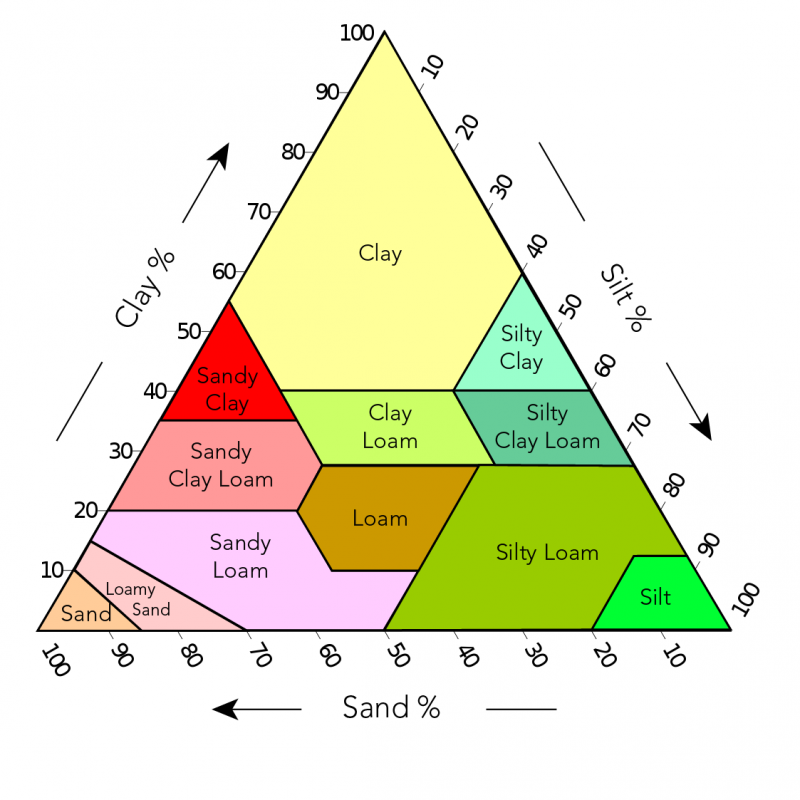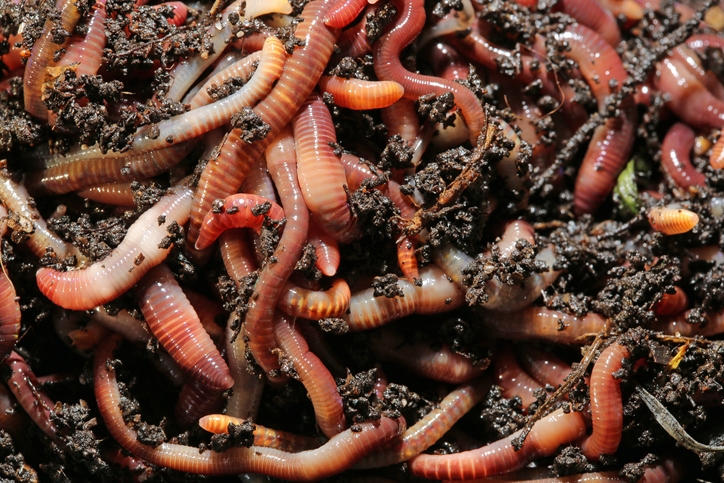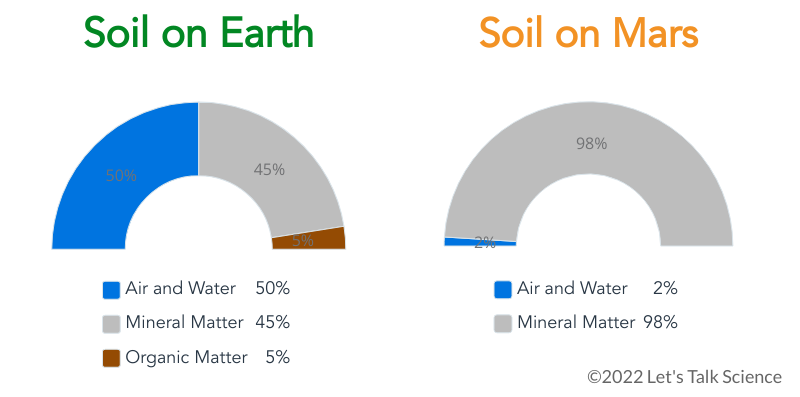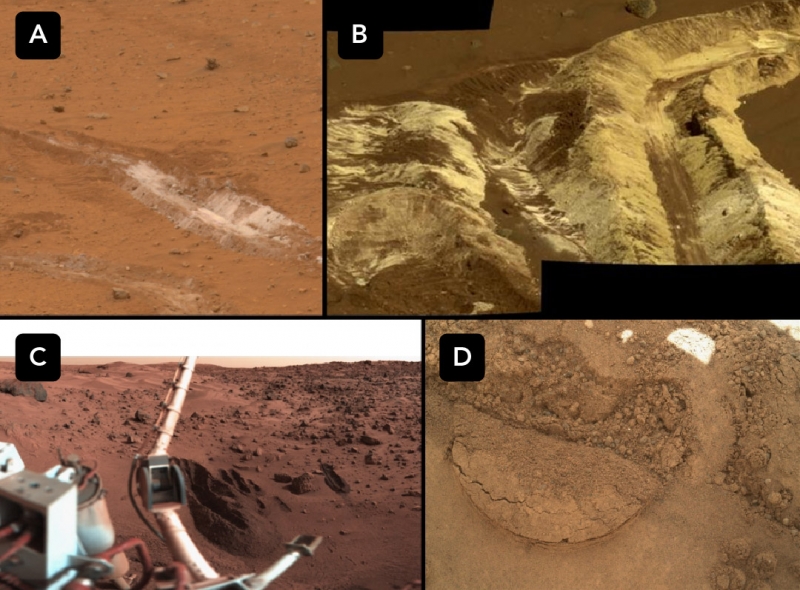Soil on Mars
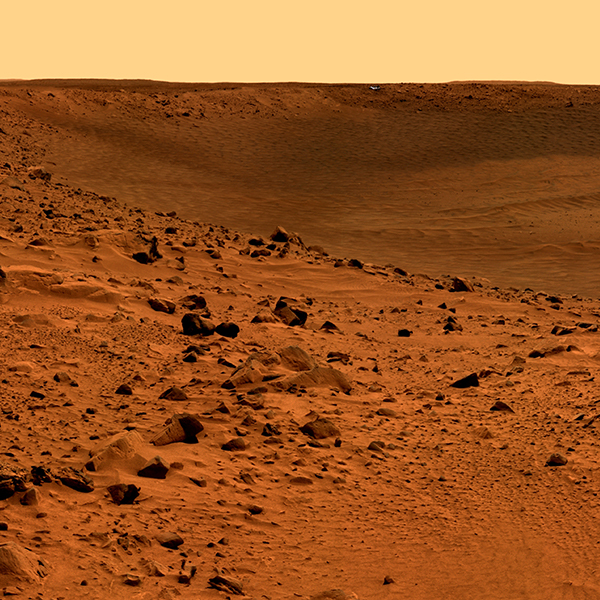
Red soil on the surface of Mars (NASA)

Red soil on the surface of Mars (NASA)
5.88
How does this align with my curriculum?
BC
6
Science Grade 6 (June 2016)
Big Idea: The solar system is part of the Milky Way, which is one of billions of galaxies.
YT
6
Science Grade 6 (British Columbia, June 2016)
Big Idea: The solar system is part of the Milky Way, which is one of billions of galaxies.
AB
6
Science 6 (2023)
Space: Understandings of the living world, Earth, and space are deepened by investigating natural systems and their interactions.
PE
6
Integrated Curriculum Grade 6: Science (Draft 2023)
DK 1.2: The solar system impacts life on earth.
BC
11
Earth Sciences 11 (June 2018
Big Idea: Earth materials are changed as they cycle through the geosphere and are used as resources, with economic and environmental implications.
BC
12
Geology 12 (June 2018)
Big Idea: Minerals, rocks, and earth materials form in response to conditions within and on the Earth’s surface and are the foundation of many resource-based industries.
ON
11
Environmental Science, Grade 11, Workplace (SVN3E)
Strand E: Natural Resource science and Management
YT
11
Earth Sciences 11 (British Columbia, June 2018
Big Idea: Earth materials are changed as they cycle through the geosphere and are used as resources, with economic and environmental implications.
YT
12
Geology 12 (British Columbia, June 2018)
Big Idea: Minerals, rocks, and earth materials form in response to conditions within and on the Earth’s surface and are the foundation of many resource-based industries.
BC
6
Science Grade 6 (June 2016)
Big Idea: Newton’s three laws of motion describe the relationship between force and motion.
ON
12
Earth and Space Science, Grade 12, University (SES4U)
Strand C: Planetary science (Science of the Solar System)
